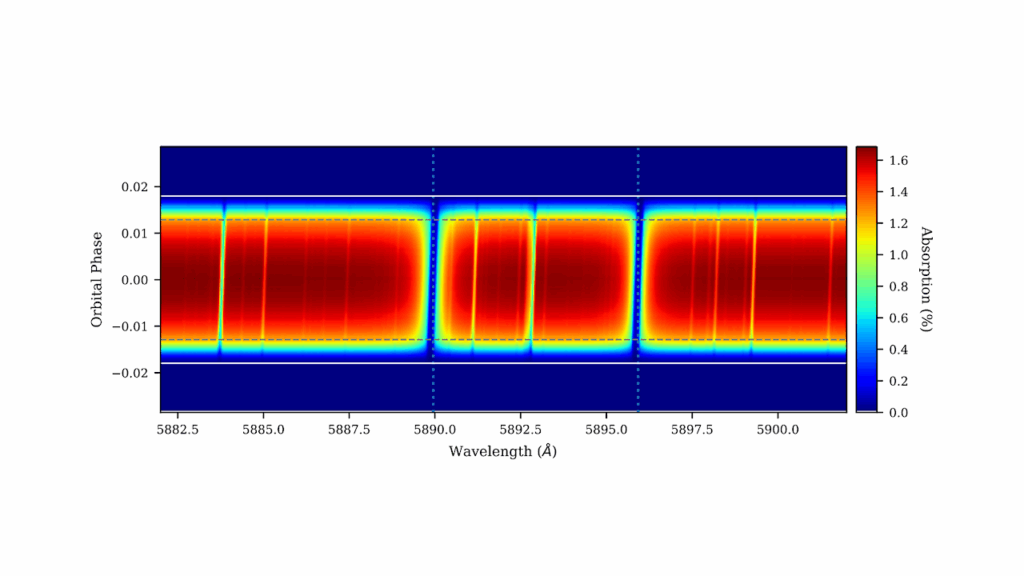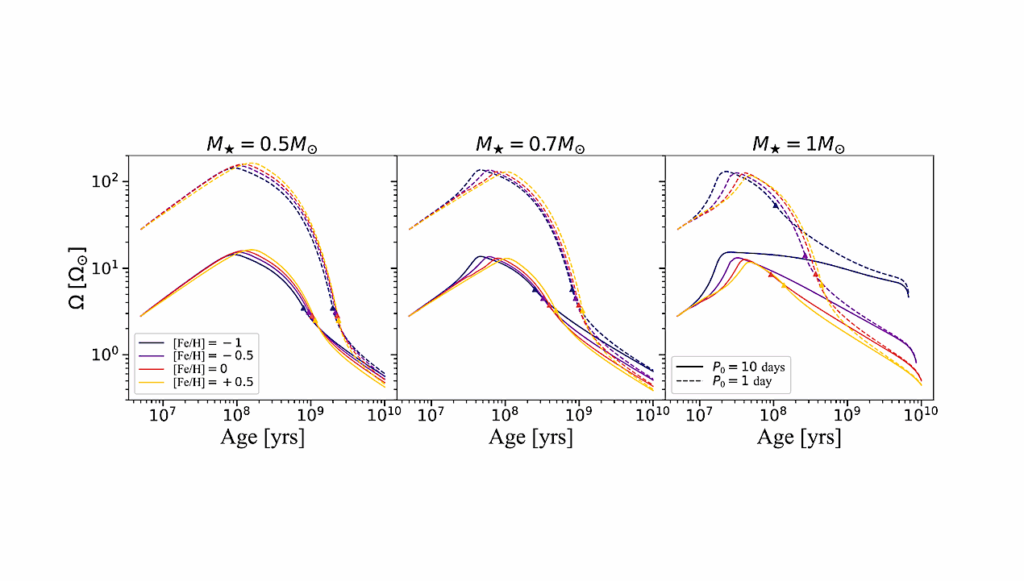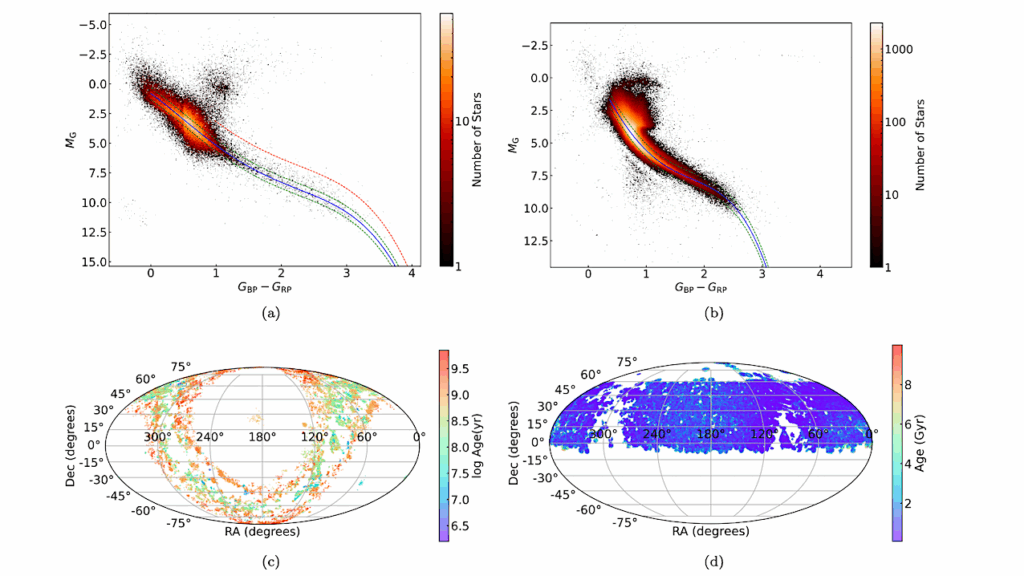EvryFlare III: Temperature Evolution and Habitability Impacts of Dozens of Superflares Observed Simultaneously by Evryscope and TESS

Superflares may provide the dominant source of biologically relevant UV radiation to rocky habitable zone M-dwarf planets (M-Earths), altering planetary atmospheres and conditions for surface life.
The combined line and continuum flare emission has usually been approximated by a 9000 K blackbody. If superflares are hotter, then the UV emission may be 10X higher than predicted from the optical. However, it is unknown for how long M-dwarf superflares reach temperatures above 9000 K. Only a handful of M-dwarf superflares have been recorded with multi-wavelength high-cadence observations. We double the total number of events in the literature using simultaneous Evryscope and TESS observations to provide the first systematic exploration of the temperature evolution of M-dwarf superflares. We also increase the number of superflaring M-dwarfs with published time-resolved blackbody evolution by ~10X. We measure temperatures at 2 min cadence for 42 superflares from 27 K5-M5 dwarfs.
We find superflare peak temperatures (defined as the mean of temperatures corresponding to flare FWHM) increase with flare energy and impulse. We find the amount of time flares emit at temperatures above 14,000 K depends on energy. We discover 43% of the flares emit above 14,000 K, 23% emit above 20,000 K and 5% emit above 30,000 K. The largest and hottest flare briefly reached 42,000 K. Some do not reach 14,000 K. During superflares, we estimate M-Earths orbiting <200 Myr stars typically receive a top-of-atmosphere UV-C flux of ~120 W m^-2 and up to 10^3 W m^-2, 100-1000X the time-averaged XUV flux from Proxima Cen.
Ward S. Howard, Hank Corbett, Nicholas M. Law, Jeffrey K. Ratzloff, Nathan Galliher, Amy L. Glazier, Ramses Gonzalez, Alan Vasquez Soto, Octavi Fors, Daniel del Ser, Joshua Haislip
Comments: 14 pages, 9 figures, 2 tables. Accepted for publication to the Astrophysical Journal. In press
Subjects: Solar and Stellar Astrophysics (astro-ph.SR); Earth and Planetary Astrophysics (astro-ph.EP)
Cite as: arXiv:2010.00604 [astro-ph.SR] (or arXiv:2010.00604v1 [astro-ph.SR] for this version)
Submission history
From: Ward Howard
[v1] Thu, 1 Oct 2020 18:00:06 UTC (948 KB)
https://arxiv.org/abs/2010.00604
Astrobiology, Space Weather








